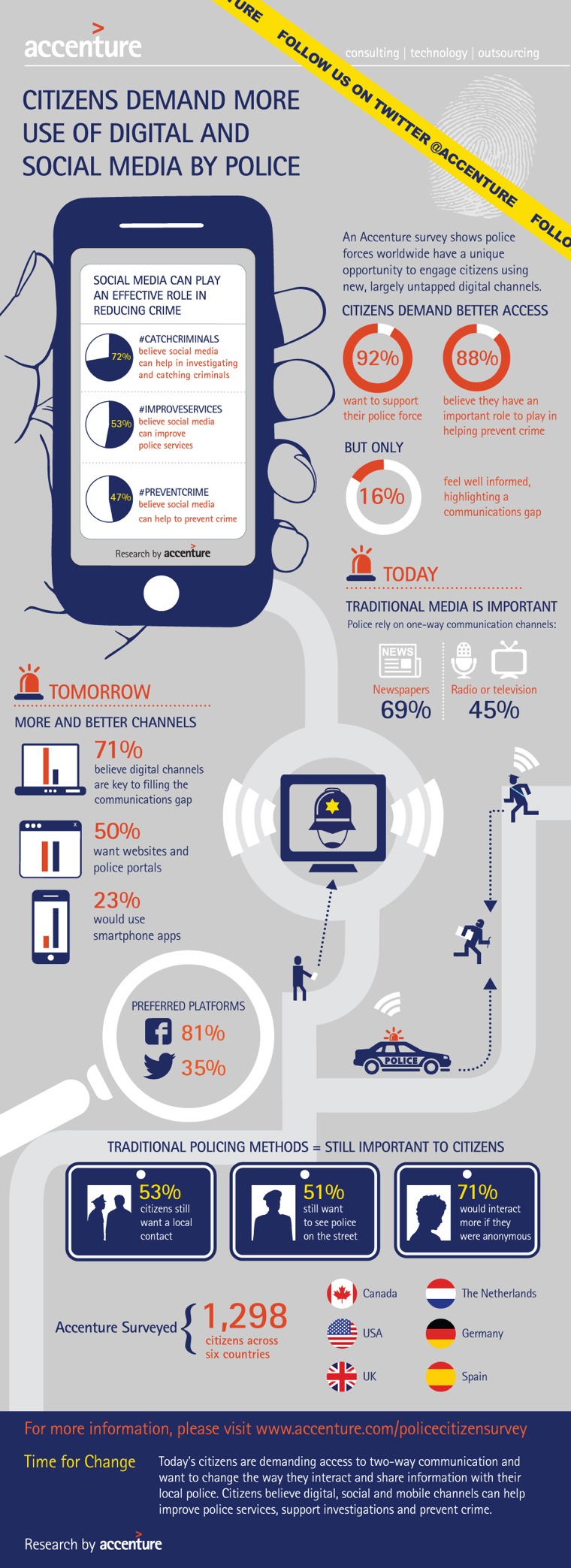

Mistrials also have occurred because jurors have disregarded instructions and researched cases online, used Twitter to share their opinions from the jury box, or have posted biased comments on their Facebook pages. Often, perpetrators brag about their crimes on social networks, and child pornographers and sexual predators have been located and apprehended as a result of their online activities. Social networking rapidly has become a valuable intelligence-gathering tool for law enforcement agencies, as well as a source of evidence for defense and prosecution personnel who search Facebook pages, Twitter feeds or YouTube videos seeking to discredit witnesses, establish law enforcement bias, track down evidence or establish associations between gang members. The two suspects were arrested, and no one was hurt.”

We got a joint terrorism task force involved and worked with the feds. “Someone came forward and talked to one of our detectives. The Fort-Hood-style plot involved several individuals who were planning a large-scale massacre, said Whitcomb. Sean Whitcomb of the Seattle Police Department, “when a person became aware of a plot to kill soldiers and civilians at a military processing center with automatic weapons and grenades.” “We had a very clear example of the importance of that this summer,” said Sgt. The platforms can be used by law enforcement to broaden intelligence gathering and leverage public support. In perhaps an ill-considered response, BART shut down wireless service in the subway to disrupt organizers, which outraged protesters and created yet more trouble.īut social media is having a positive impact, too. In San Francisco, following a shooting by transit police, protests were organized online in an attempt to block Bay Area Rapid Transit (BART) stations. Though many are harmless or merely pranks, in Philadelphia, the purpose was to rob pedestrians and then swarm through stores shoplifting. Flash mobs - organized online through various social media - convene at a predetermined time and place for a specific purpose. In August, for example, Philadelphia Mayor Michael Nutter announced an expanded curfew for minors following flash mob violence. As law enforcement agencies grapple with this new reality, they inevitably encounter social media and social networks. Communication is mobile, motivation may be mass destruction and targets include the innocent. It’s a war in which perpetrators can recruit, organize and plan electronically beyond the reach of traditional policing methods. On the 10th anniversary of 9/11, Americans were reminded once again that law enforcement is engaged in an escalating war of new threats, weapons and technologies.

We hope this special section will assist law enforcement in embracing and understanding this phenomenon. In Albuquerque, N.M., a police officer discredited both himself and his department by listing his occupation on Facebook as “human waste disposal.” And in a number of high-profile cases, officers have found their actions posted on YouTube and the subject of hundreds or even thousands of negative comments.įrom a 140-character tweet to a 56 MB video clip, social networking is a force that cannot be denied or ignored. Jurors have disregarded instructions and have conducted online research, shared their opinions on Twitter from the jury box, and even posted biased comments on their Facebook pages. Flash mobs organized online in Philadelphia swarmed stores to shoplift and attack pedestrians pedophiles use social networking platforms to share photos and video and terrorists recruit members and plan attacks via these tools.Įven the courts have been affected. Community policing today has also expanded through social networking to locate missing children, alert neighbors of suspicious activity and even inform the public about crimes committed in their neighborhoods.īut social networking is a tool that cuts both ways.


 0 kommentar(er)
0 kommentar(er)
